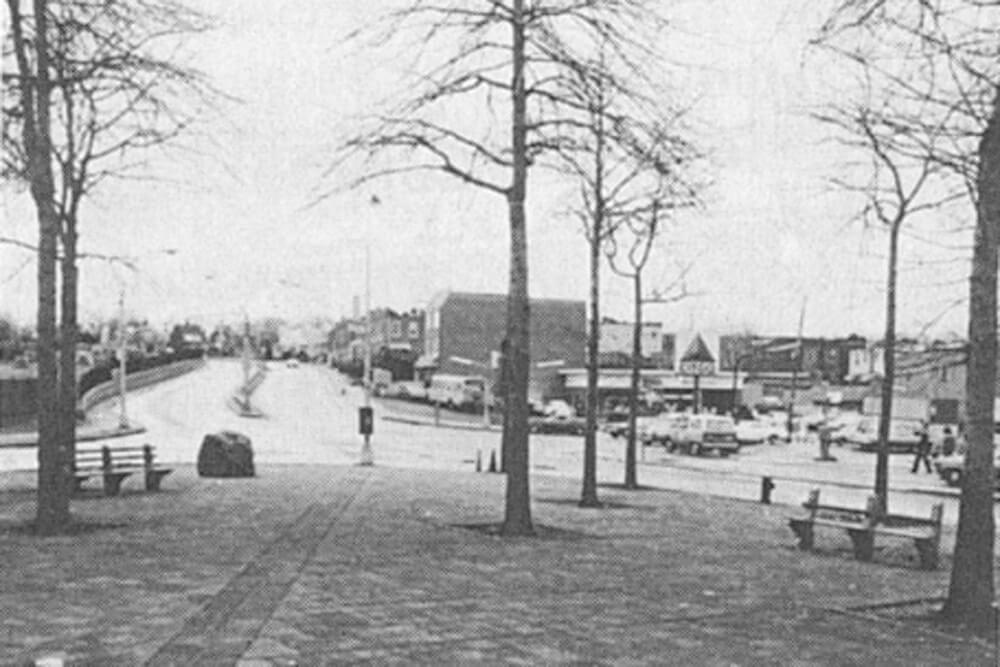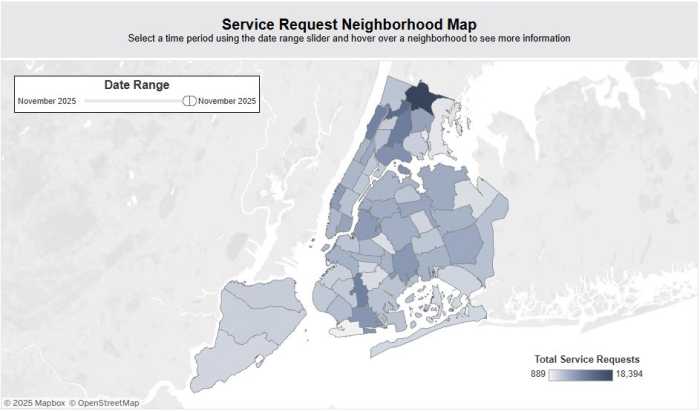Our local communities and all communities, wherever located, have very localized names for real estate subdivisions, ponds and lakes, hills and valleys.
Over an extensive period of time, the Greater Ridgewood Historical Society — under the guise of one of its longest serving members, the late great George Miller — collected information on many of these names. We’re happy to share some of that amazing information with all of you.
Our readers will find some of these names familiar, but other names used by past generations for specific locations within our Greater Ridgewood area may contain new information.
Here’s just a sample of some of the former names of our neighborhood…
Columbusville (Maspeth)
Columbusville in Maspeth was mapped in 1854 and was centered along Mazeau Street on the southerly side of Grand Avenue.
The name initially applied to the mapped area bounded approximately by Grand Avenue on the north, Caldwell Avenue on the south, Brown Place and 69th Street on the west and 75th Street on the east. The name would soon refer to the northerly side of Grand Avenue from 68th Street to about 72nd Place.
Frank Monteverde, who operated a picnic park and hotel here as early as 1848, reportedly originated the name. Very few printed references to the Columbusville name have been found in the final two decades of the 19th century and it seems likely that usage of the name completely died out by 1900.
Cooper Heights (Glendale)
This name originally applied only to the 1908 development of the Markert Realty Company from the east side of 73rd Place to the rear of the lots along the westerly side of 75th Street, and from 68th Avenue south to Cook Avenue.
Within several years the name was being applied to the land east of the original subdivision and north of Cooper Avenue. This area was considered part of the Glendale community during the 19th century and until late 1904 because it was part of the old Dry Harbor (now Glendale) farm of Nicholas Wyckoff, and it was included within the Glendale school district when it was formed in the 1880s.
Wyckoff lived in the large house on the southeast corner of Cooper Avenue and 74th Street which would later become Hillen’s Glendale Hotel, with a picnic park to the south of the building.
For a number of years prior to its demolition in 1970, it was Doty’s Tavern. Doty, or Dorothy, was a part owner of the tavern and was a member of the Hillen family.
The Cooper Heights name died out within a few years of its mapping. In late 1904 the Brooklyn postmaster assumed responsibility for city delivery in Glendale, with the postal district boundary set along the line of the Long Island Rail Road west of 74th Street and along the northerly side of Cooper Avenue east of 74th Street.
This placed the site of the 1908 Cooper Heights subdivision within the postal responsibility of the Flushing postmaster, and the identity of Cooper Heights as being within Middle Village.
Crematory Hill (Middle Village)
This local and unofficial name is given to the high ground in the vicinity of the Fresh Pond Crematory at Mount Olivet Crescent, a short distance south of Eliot Avenue in Middle Village.
The name dates at least to the early 1900s, and was possibly in use by the late 1880s shortly after the crematory was opened.
Drumm Park (Glendale)

This large traffic island and park stands at the intersection of Cypress Hills Street, Cooper Avenue and 65th Place.
The island was formed in the late 1920s when a diagonal roadway on the southerly side of the park was constructed at Mount Carmel Cemetery, joining the two separate and offset sections of Cooper Avenue.
The proceedings to acquire a small piece of new cemetery land for construction of the road began in 1925 and were completed relatively quickly, as no graves were located in that vicinity.
On May 31, 1932 the park and a rough stone monument with a suitable plaque was dedicated to the memory of J. Wesley Drumm, who had died on June 8, 1930 at age 68.
The Alumni Association of P.S. 91 began the quest to memorialize Drumm who had been Glendale’s foremost educator, serving as principal of four schools in that community.
Sources: The Jan. 21 and Feb. 4, 2010 issues of the Ridgewood Times.
* * *
If you have any remembrances or old photographs of “Our Neighborhood: The Way It Was” that you would like to share with our readers, please write to the Old Timer, c/o Ridgewood Times, 38-15 Bell Blvd., Bayside, NY 11361, or send an email to editorial@ridgewoodtimes.com. Any print photographs mailed to us will be carefully returned to you upon request.


































